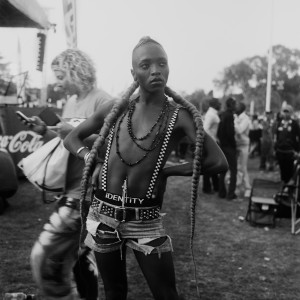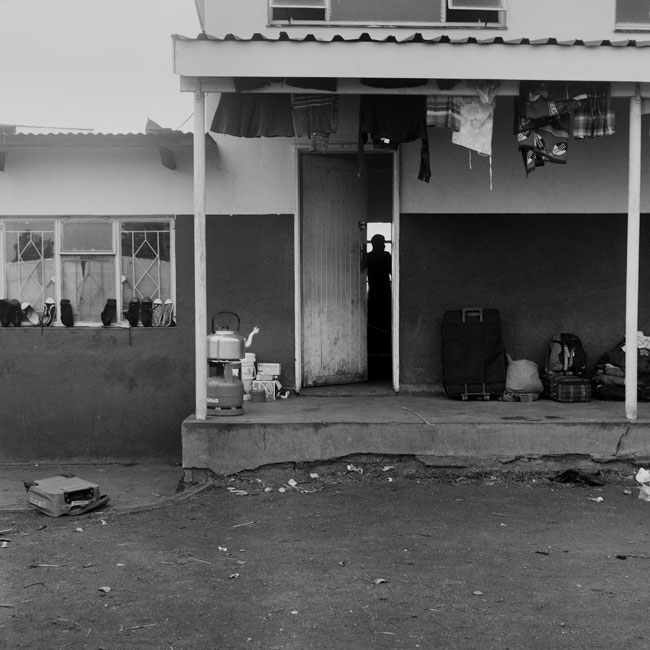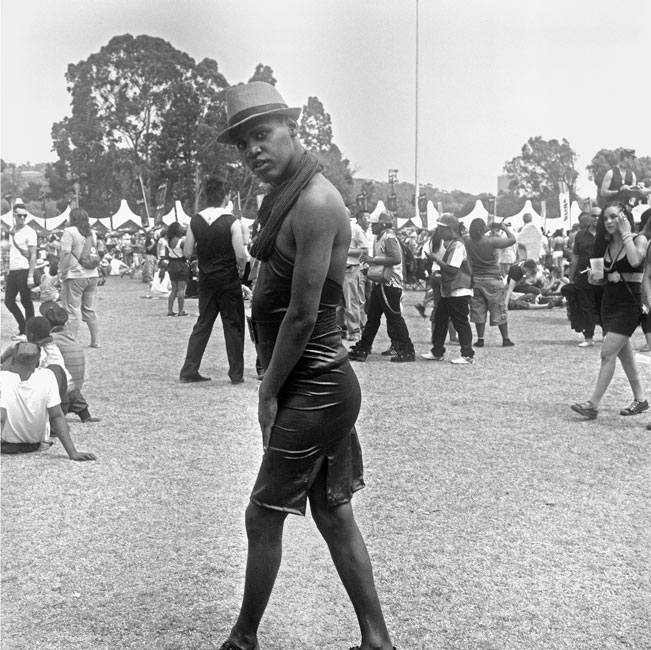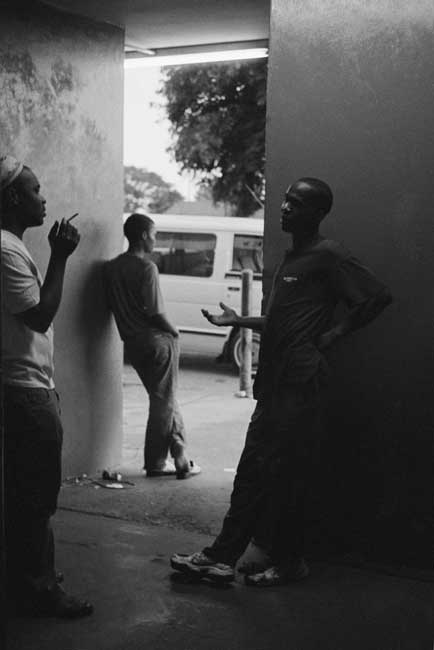
Identity, 2011.
About:
Sabelo is particularly interested in tracking the changing relationships and interconnections between the urban and the rural, and he usually does this through a slice of society that remains a sensitive or taboo subject for many, even in South Africa: LGBTI life.
 Ketela, 2011.
Ketela, 2011.
With his images Sabelo reflects on his countries past while at the same time looking forward into the future, documenting those lives that are forgotten in the fast-moving society of South Africa today. All of his shots have a touch of the historical, of a time gone past. “History is an important part of my work,” he explains, especially in my own country where apartheid was abolished just two decades ago.”
Sabelo is particularly interested in tracking the changing relationships and interconnections between the urban and the rural, and he usually does this through a slice of society that remains a sensitive or taboo subject for many, even in South Africa: LGBTI life.
(quote Jorrit Dijkstra in ‘Africa is a country’)
 Authentic, 2010.
Authentic, 2010.
The exhibition is titled ‘Men in Dress and Iimbali’, hinting at its duality—it is in fact made up of two entities. The first collection presents photographs of camp gay men, photographed at pride marches in the northern suburbs of Johannesburg and in Soweto. These evoke no particular -emotional response in the viewer; they are what they are.

Nhlanhla Yika, 2011.
We live in a world oversaturated with street fashion blogs that capture people parading their vanity at the expense of their vulnerability. One thing that separates Mlangeni’s photographs from images that dot the digital world is that they are in black and white and presented in white frames against a white wall in a reputable gallery. It is this aspect that provokes thought. Their placement in an artistic environment, in an ¬atmosphere of solitude, forced me to look for a point of interest.
 Lydia in Black, 2011.
Lydia in Black, 2011.
Circumstantial detail
I found that this point does not ¬simply arise from the fact of the homosexual male figure dressed in women’s clothing. That is not a ¬novelty in urban Johannesburg. What piqued my interest was the circumstantial detail, which was almost accidental in its ¬appropriateness.
Here were men dressed in skimpy tops and dresses. One exposed his briefs bearing the logo of a rather common fashion boutique chain, Identity. I wondered whether these individuals, as consumers, had merely bought their garments at their favourite shops, or was there, in their donning of them, any ¬intentional ¬interrogation of the idea of gender identity?
The faces of the men tell stories of pride above prejudice. There are looks of innocence and vulnerability. ¬Others seem to invite judgment.
The theme of vanity among people who are economically and politically marginalised is what ties Iimbali, the other photographic series of Swazi reed dance participants, to the men in their dresses.
In this series I found that the ¬juxtaposition of contradictions gave value to the photographs.
(10 FEB 2012 17:47MILISUTHANDO BONGELA, Mail & Gardian)
 Kgomotso and his three days date, 2008.
Kgomotso and his three days date, 2008.
Courtesy: Stevenson Gallery, Joburg, Cape Town.

